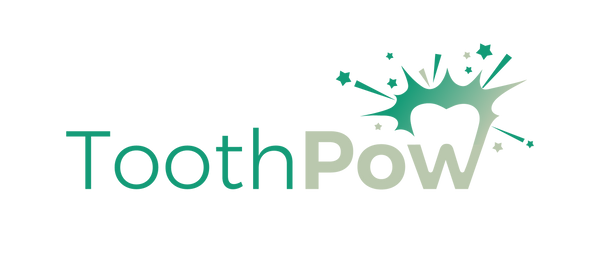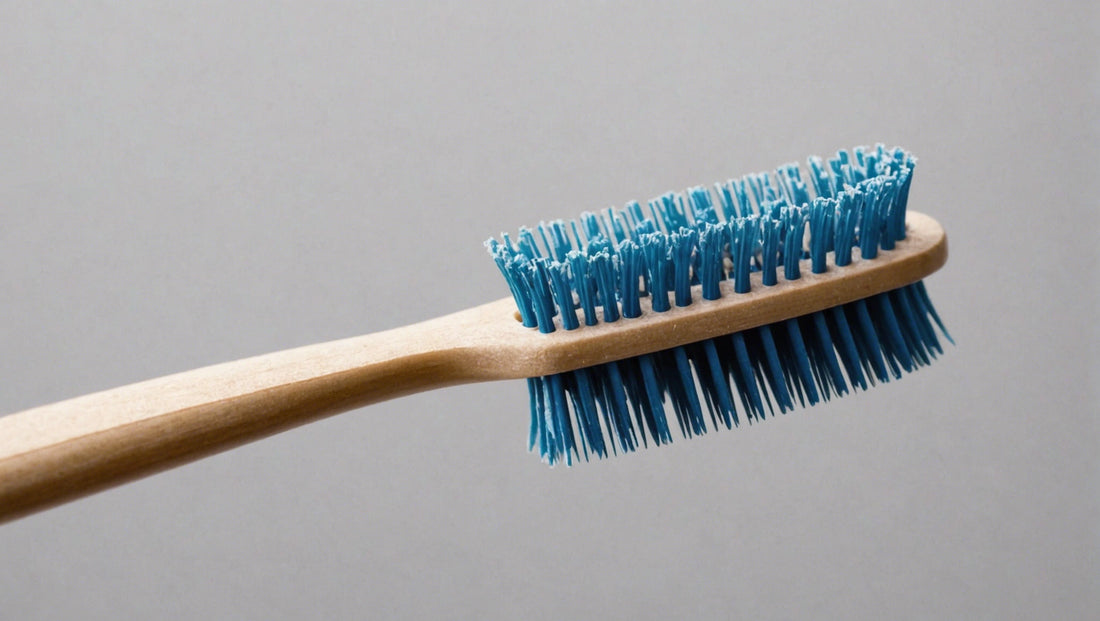Introduction
Maintaining good oral hygiene is essential for overall health, and a key component of this is using a clean, effective toothbrush. However, many people underestimate the importance of regularly replacing their toothbrush. This article will explore how often you should replace your toothbrush, why it’s necessary, and how to ensure you’re always using the best tool for your dental care.
Recommended Frequency for Replacing Your Toothbrush
Dental professionals generally recommend replacing your toothbrush every three months. This guideline helps ensure that your toothbrush remains effective at removing plaque and bacteria. However, several factors may necessitate more frequent replacement:
Brushing Habits: If you brush more than twice a day, your toothbrush may wear out faster.
Health Issues: After recovering from an illness, it's wise to replace your toothbrush to avoid reintroducing bacteria or viruses to your system.
-
Wear and Tear: Noticeable signs of wear, such as frayed bristles, mean it’s time to get a new toothbrush.
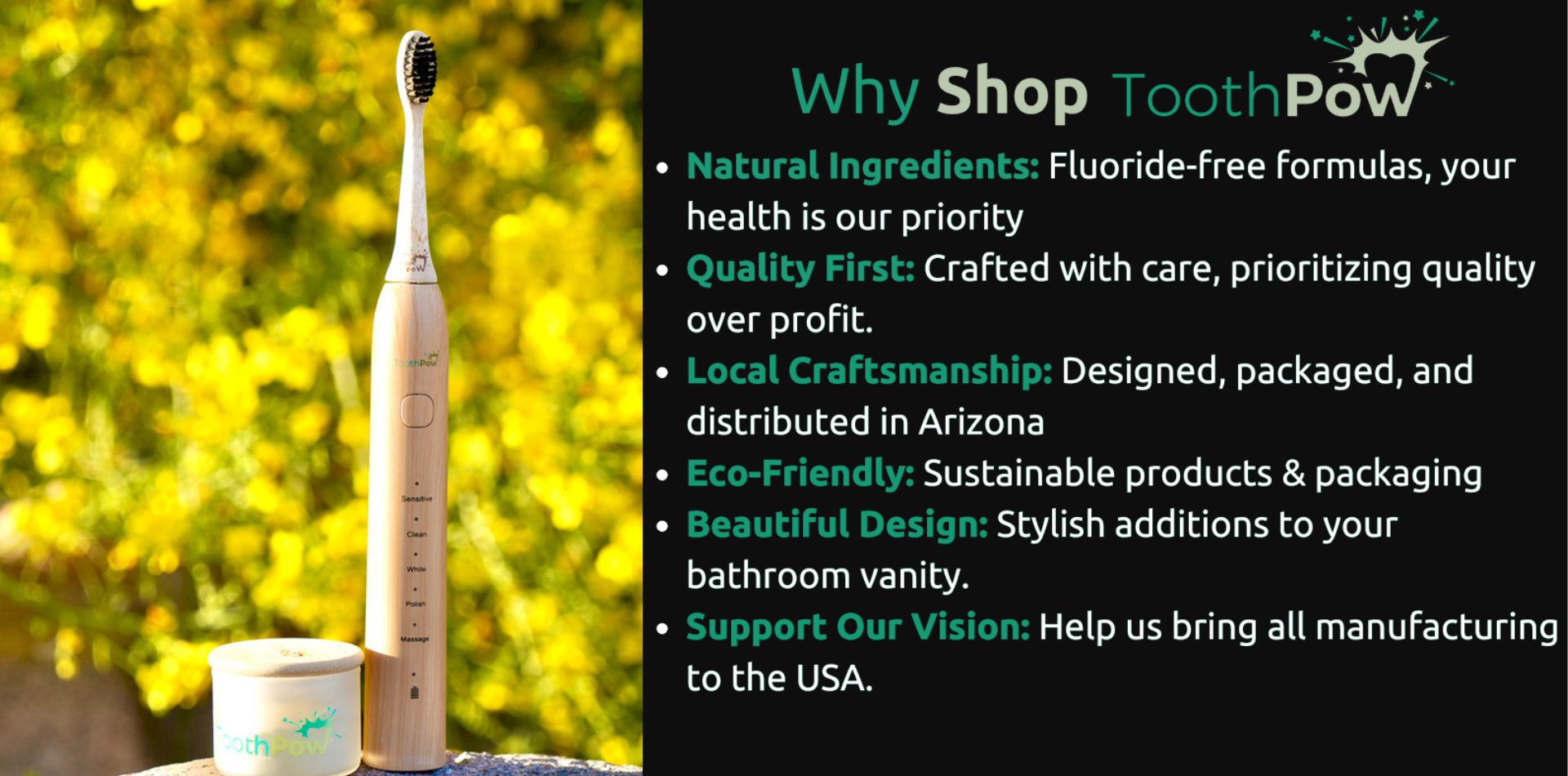
Reasons to Replace Your Toothbrush Regularly
Wear and Tear of Bristles
Over time, the bristles of your toothbrush wear down and become less effective at cleaning your teeth. Frayed or splayed bristles can’t reach into the crevices of your teeth and gums as efficiently, reducing their cleaning power.
Bacterial Buildup
Toothbrushes are exposed to bacteria from your mouth, and over time, these bacteria can accumulate on the bristles. Regularly replacing your toothbrush helps minimize bacterial buildup, which can contribute to gum disease and other oral health issues.
Effectiveness in Cleaning
A worn-out toothbrush is less effective at removing plaque and food particles from your teeth, increasing the risk of cavities and gum disease. Fresh bristles ensure a thorough cleaning each time you brush.
Prevention of Illness
After being sick, it’s essential to replace your toothbrush to prevent reintroducing harmful bacteria or viruses into your mouth. This simple step can help you recover fully and maintain good health.
Signs That It’s Time to Replace Your Toothbrush
Frayed or Worn Bristles
One of the most obvious signs that it’s time to replace your toothbrush is frayed or splayed bristles. When bristles lose their shape, they can’t clean your teeth effectively.
Discoloration of Bristles
If the bristles on your toothbrush become discolored, it’s a sign that they’ve accumulated plaque, food particles, and bacteria. This discoloration indicates that your toothbrush is past its prime.
Unpleasant Odor
An unpleasant odor coming from your toothbrush is a sign of bacterial buildup. Replacing your toothbrush can help ensure that you’re not brushing with a bacteria-laden tool.
Recent Illness
After recovering from a cold, flu, or any other illness, it’s important to replace your toothbrush. This helps prevent reinfection and supports your overall health.
Different Types of Toothbrushes and Their Lifespan
Manual Toothbrushes
Manual toothbrushes should be replaced every three months or sooner if you notice signs of wear.
Electric Toothbrush Heads
Electric toothbrush heads also need regular replacement. It’s recommended to replace them every three months, or sooner if the bristles are worn. The ToothPow Bamboo Sonic Brush, for example, comes with replaceable bamboo heads that are eco-friendly and easy to swap out.
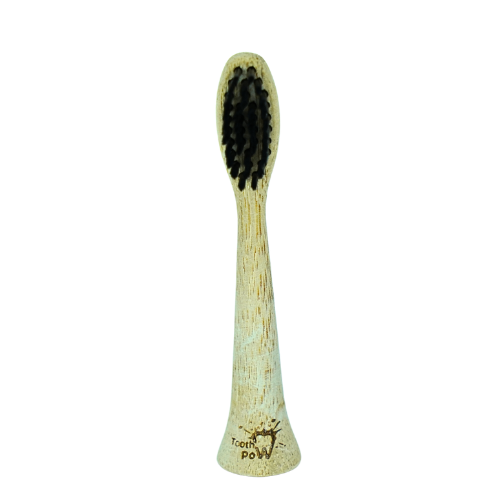
Specialty Toothbrushes
Toothbrushes designed for braces or other dental appliances may wear out more quickly due to the additional strain. Monitor the condition of these brushes and replace them as needed.
Tips for Maintaining Your Toothbrush Between Replacements
Proper Storage and Drying
Store your toothbrush in an upright position and allow it to air dry. Avoid storing it in closed containers, which can promote bacterial growth.
Cleaning Techniques
Rinse your toothbrush thoroughly with tap water after each use to remove toothpaste and debris. You can occasionally soak the bristles in antibacterial mouthwash to reduce bacterial buildup.
Avoiding Contamination
Keep your toothbrush away from other toothbrushes to prevent cross-contamination. Use a toothbrush cover that allows air circulation to protect the bristles while preventing contact with other surfaces.
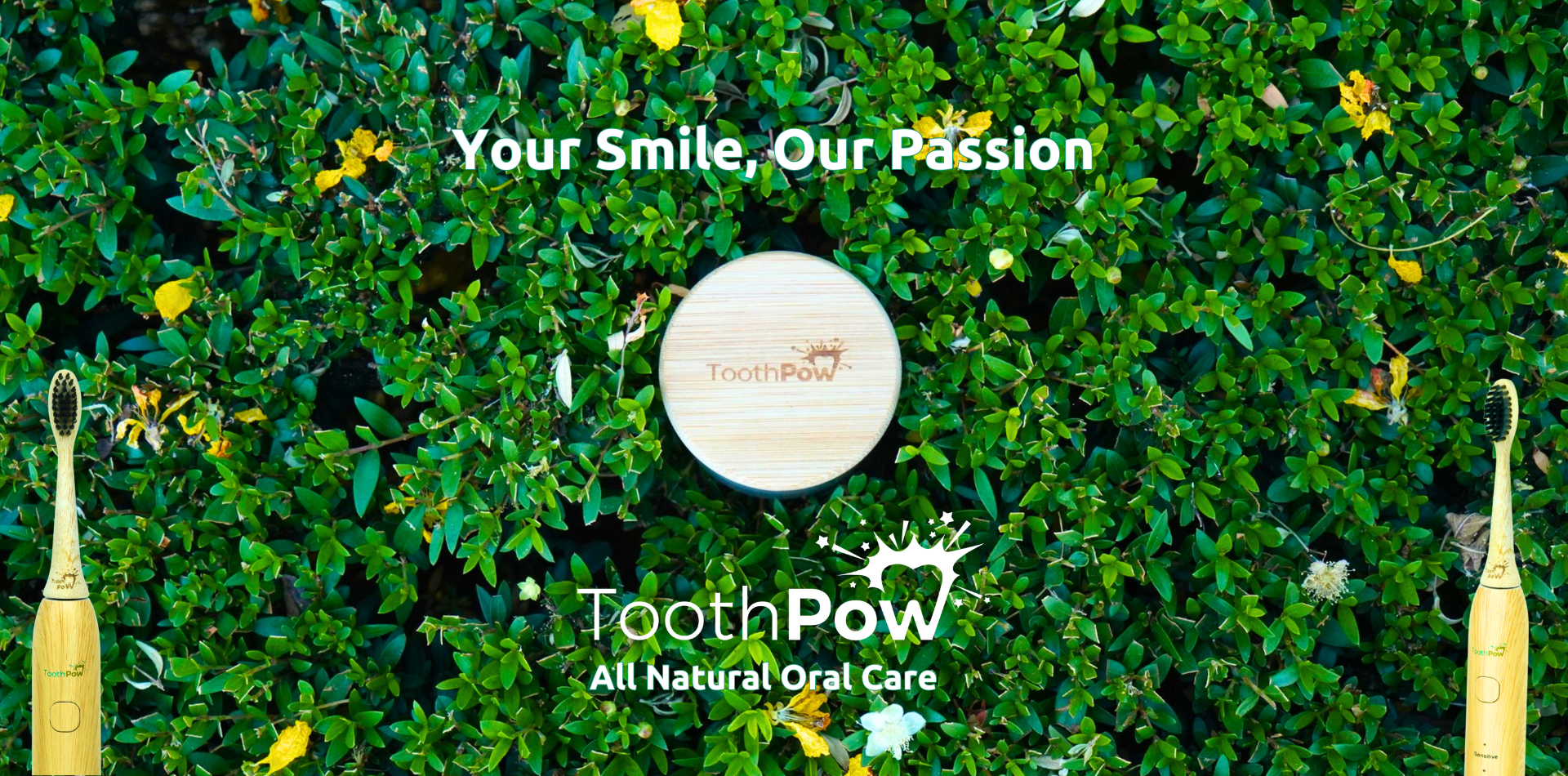
Impact of Using an Old Toothbrush
Reduced Cleaning Effectiveness
Using an old toothbrush with worn bristles can lead to inadequate cleaning, increasing the risk of cavities, gum disease, and bad breath.
Increased Risk of Gum Disease and Cavities
A toothbrush that isn’t effectively removing plaque can leave your teeth and gums vulnerable to decay and infection.
Potential for Spreading Bacteria and Illness
An old toothbrush can harbor bacteria and viruses, potentially spreading illness and impacting your overall health.
Choosing the Right Toothbrush
Factors to Consider
When selecting a toothbrush, consider the bristle type (soft is generally recommended), handle design for comfortable grip, and head size to ensure it fits comfortably in your mouth.
Benefits of Electric Toothbrushes
Electric toothbrushes, like the ToothPow Bamboo Sonic Brush, offer several advantages over manual brushes. They provide consistent brushing motions and can reach hard-to-clean areas more effectively. Additionally, the replaceable bamboo heads of the ToothPow brush are eco-friendly, combining modern technology with sustainable materials.
Recommended Brands and Products
ToothPow Bamboo Sonic Brush: Known for its effective cleaning technology and sustainable bamboo heads, this brush is an excellent choice for eco-conscious consumers.
Oral-B Pro 1000: Offers powerful cleaning with a rotating brush head and built-in timer.
Philips Sonicare ProtectiveClean 6100: Features sonic technology and customizable brushing modes.
FAQs About Toothbrush Replacement
How often should I replace my toothbrush? It’s recommended to replace your toothbrush every three months or sooner if you notice signs of wear.
Can I sanitize my toothbrush to extend its lifespan? While sanitizing your toothbrush can reduce bacterial buildup, it doesn’t restore worn bristles. Regular replacement is still necessary.
Is it safe to use a toothbrush after being sick? It’s best to replace your toothbrush after recovering from an illness to prevent reinfection.
What type of toothbrush is best for sensitive gums? A soft-bristled toothbrush, whether manual or electric, is ideal for sensitive gums as it cleans effectively without causing irritation.
Conclusion
Regularly replacing your toothbrush is a simple yet crucial step in maintaining good oral hygiene. By ensuring you use a clean, effective toothbrush, you can protect your teeth and gums from decay, gum disease, and other oral health issues. Consider switching to an electric toothbrush with replaceable heads, like the ToothPow Bamboo Sonic Brush, for enhanced cleaning and sustainability. Establish a routine for replacing your toothbrush every three months and enjoy the benefits of a healthier, brighter smile.
